Sayah Drummond: a refreshing perspective on making a difference
Sayah Drummond leads a full life, driven by her passion for the Porongurup community and environment. Sayah works with the Oyster Harbour Catchment Group and helps run her family’s Porongurup business, while also volunteering with the Friends of the Porongurup Range and other community groups. Recently, Bill Bunbury AO recorded Sayah’s story to offer an inspiring young person’s perspective on making a difference in the world.
My family owns the Porongurup Inn, Shop and Tearoom right at the foothills of the Porongurup Range. My parents are very community-minded people, so between their commitment to the community and living next door to a national park, I developed a passion about caring for community and the environment. Both have become fundamental to who I am as a person.
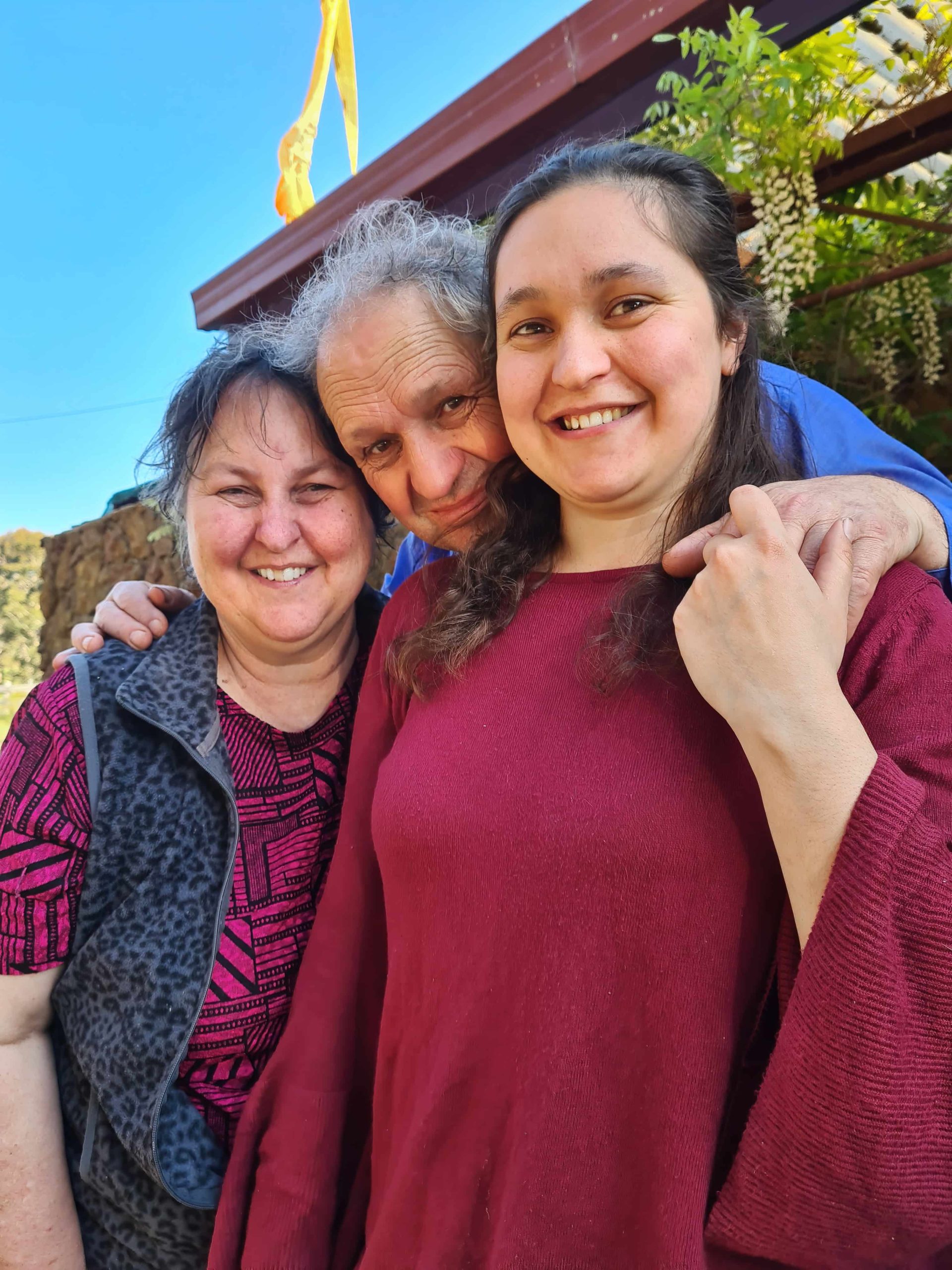
My childhood was centred around the shop and the bush. As soon as I could, I was serving at our till. Our little block has nice bush around it where I could make cubby houses with mates and I’d disappear for a couple of hours at a time.
The teachers at Mount Barker Community College were very supportive of my interests. In Year 7 my teacher encouraged me to apply for a high school in Perth that had a ‘talented visual art’ program. I got the scholarship, which gave me courage and confidence about my art, even though boarding in Perth was too much of a barrier.
When I was younger, I was torn between following the arts or pursuing my environmental values. At the end of the day, it just came down to what I felt I needed to do to make an impact in the world. But I’ve recently realised that I can combine art and the environment in my projects.
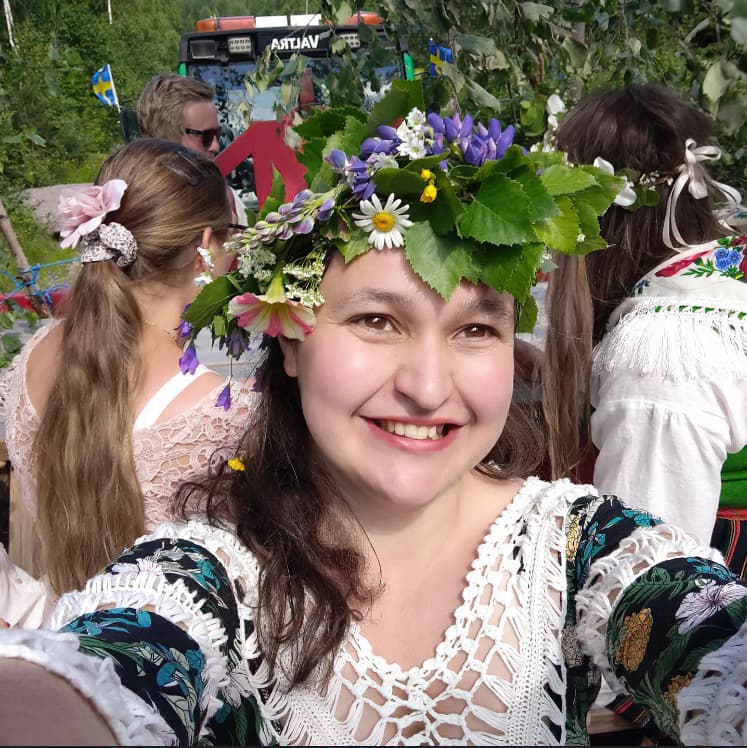
Way before university I started volunteering with the Friends of the Porongurup Range, which is our local conservation group. Being raised in a small town you are sort of raised by the community, and they were certainly part of that process for me.
I volunteered all around the place to get a wide palette of potential opportunities that I could follow. I have a cousin with a career in environmental science and before I went to uni he said, “There’s no use just having a piece of paper when you finish uni, because whoever it is that’s going to employ you will want you to have some experience. And the best way to get that is volunteering”. So I volunteered the entire way through my uni degree.
I studied Environmental Science and Conservation at University of WA. It was a good experience though very academically focused — a lot of scientific jargon, papers and research, all of which were very important, but I missed working with the community to care for the environment. I think the degree gave me extra tools in my toolbox, enabling me to flow between community organising and communicating understandings from scientific literature.
I am a ‘people person’, so working with the community and working with passionate people is just really energising. At university I found researching by myself and working in a laboratory quite tiring, but when I came home and went for walks in the bush and was around amazing, committed, knowledgeable people, I felt more hopeful and revitalised. Being with them, I’ve learned that a lot of environmental recovery is done by volunteers because they care, they make the effort to learn, and they truly make a difference to their little patch.
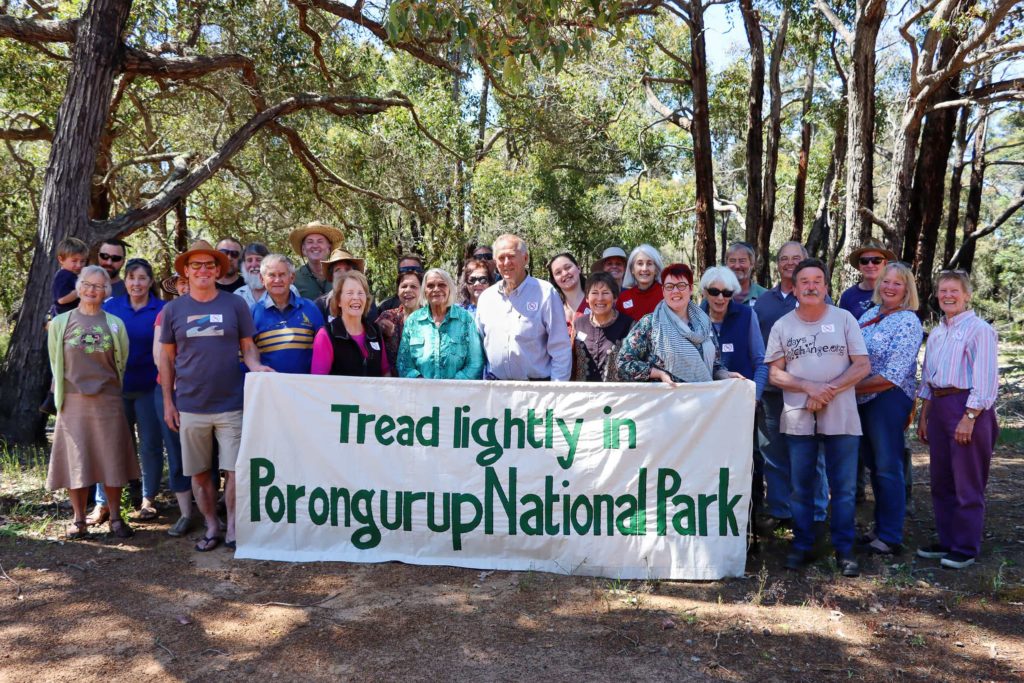
When I came home from uni I reconnected with my community. Initially, I joined the Friends of the Porongurup Range committee to do their social media and now I’m also the Vice Chair. Our local landcare body, the Oyster Harbour Catchment Group, employs me part-time as their Communication Officer, which means I’m encouraging landholders and the wider community to be part of our many exciting projects and activities.
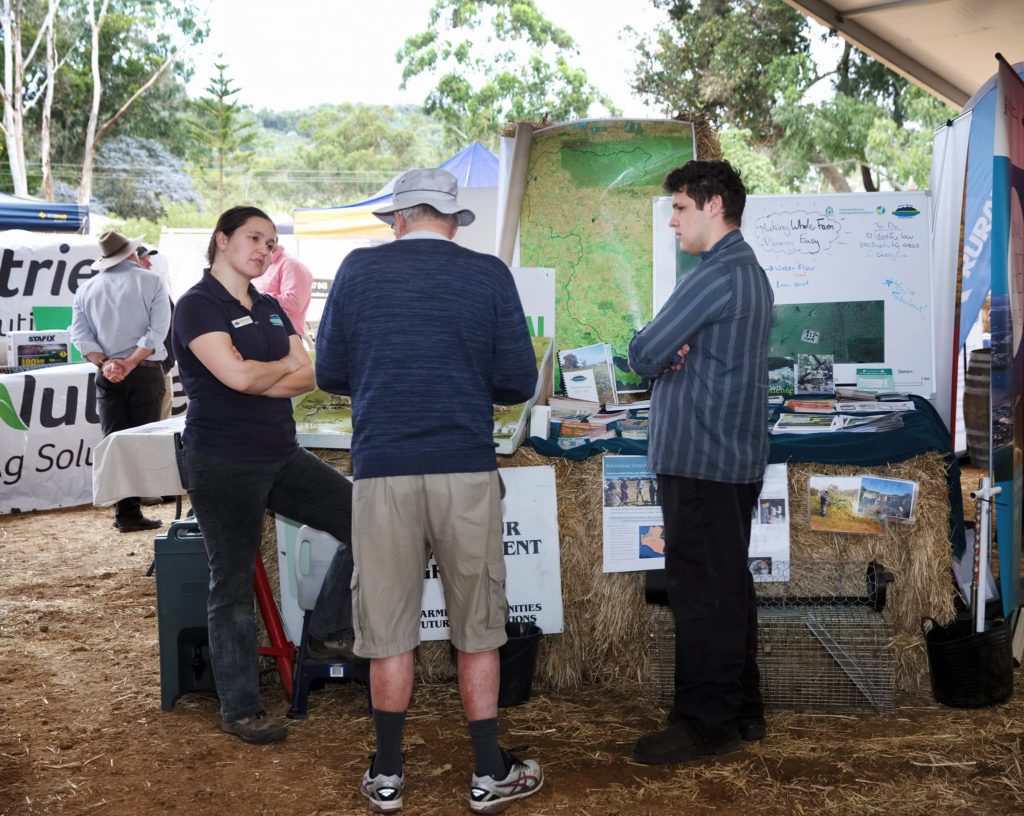
One of these involves the Mount Barker Community College which has a community garden and a farm attached. They’re doing a lot of work with us as the catchment group, adopting best practice and promoting that to the next generation of farmers in our area. It’s so wonderful having school students really engaged and passionate about making a change and caring for country.
I’m also a Cub Scout leader – I enjoy working with kids to build their understanding of the value of the area they live in. They program their own journey, but I do have some influence over what we do and enjoy how they are little sponges for any information that I can give them. We often go for hikes and talk along the way and do some landcare projects. I also bring in experts to walk and talk with them — I just try to feed their thirst for fun and knowledge.
You won’t be surprised to hear me say that art is a great way to bring awareness to a whole sector of the community that’s either not engaged yet or doesn’t quite understand the scientific jargon. The Friends of Porongurup Range (Porongurup Friends) were the first group that highlighted this for me. We have an annual sculpture trail exhibition which came from a need to fundraise to buy our conservation block, Twin Creeks. We run an information stall at these events so we can talk with locals and visitors and that has raised a lot of environmental awareness about the value of the Porongurups.
Recently, I worked with the Porongurup Friends, Oyster Harbour Catchment and the Porongurup and Mount Barker communities to host a travelling Tasmanian spider exhibition called ‘Sixteen Legs’.
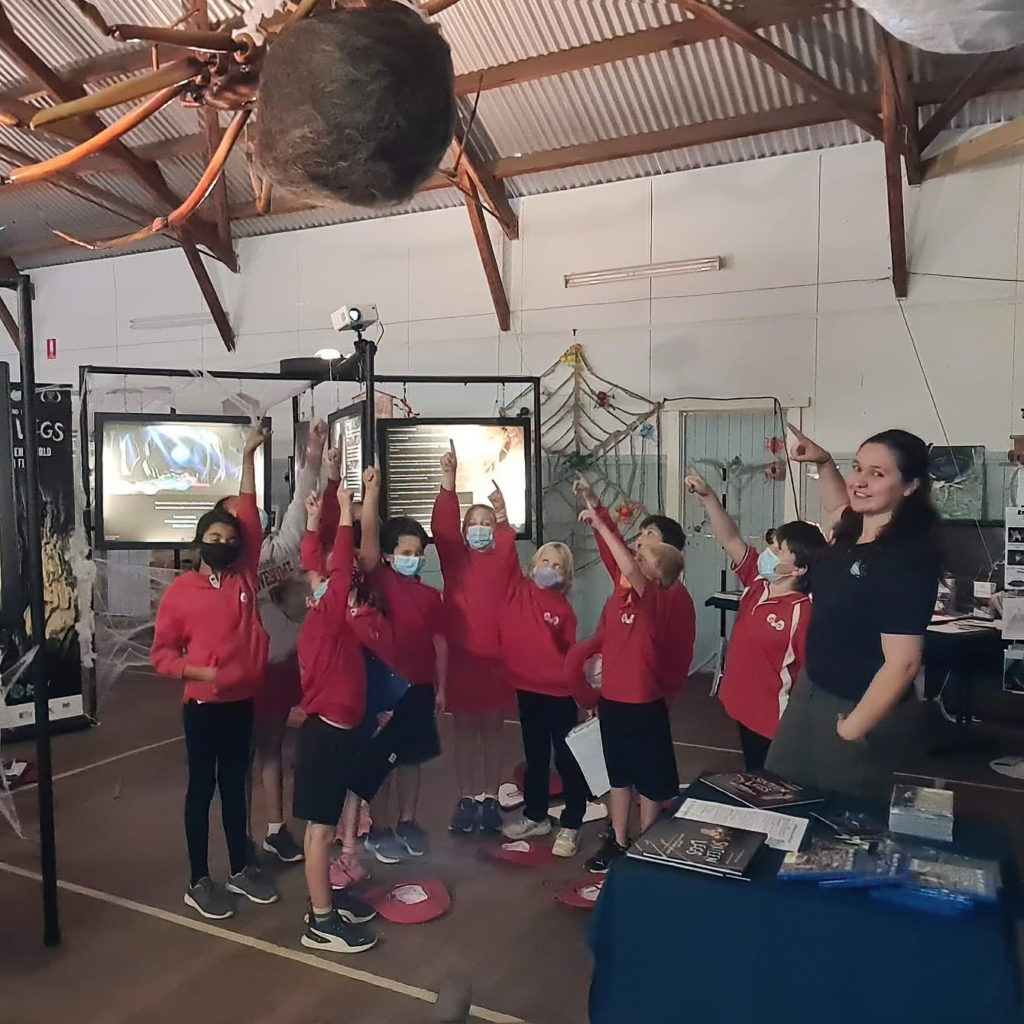
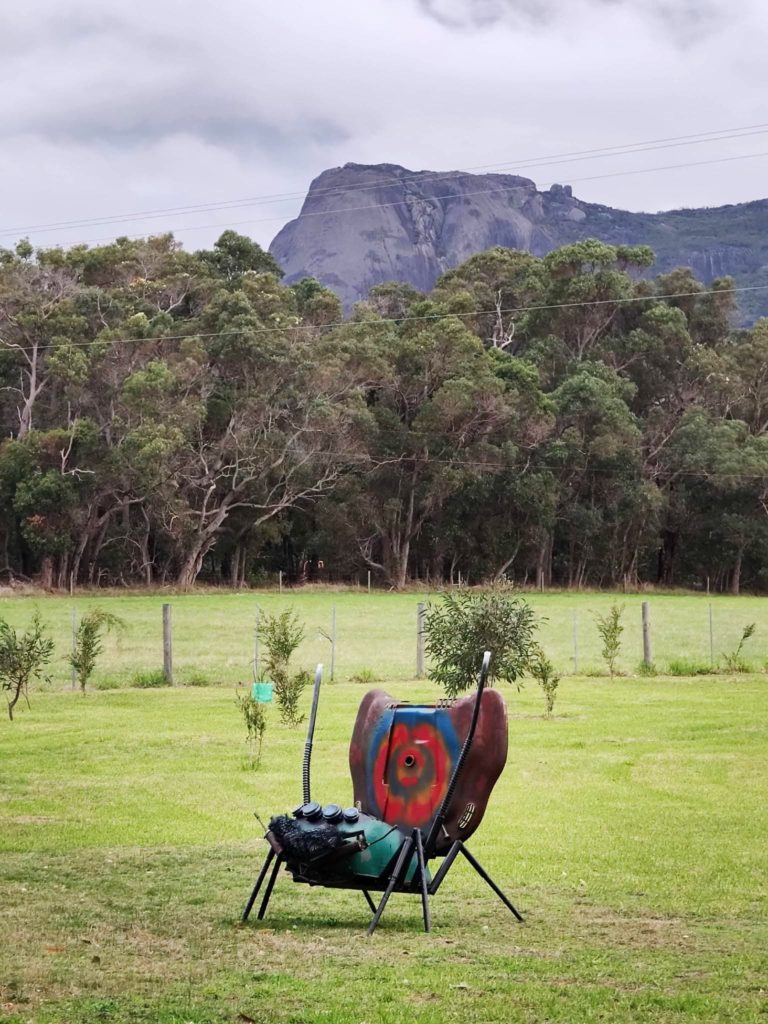
I organised a sculpture-based spider trail which worked like a treasure map. Community members crafted these incredible sculptures of local spiders, which we placed on 25 properties in the Porongurup area. Kids and adults could take a map and drive off, exploring the area to find them all. Beside each sculpture we placed a QR code linked to a website so families could learn fun facts about the particular spider and location. It gave them some awareness of the amazing, diverse range of these creatures that are underrated and under researched. Hopefully it also encouraged everyone to be a little less scared of spiders!
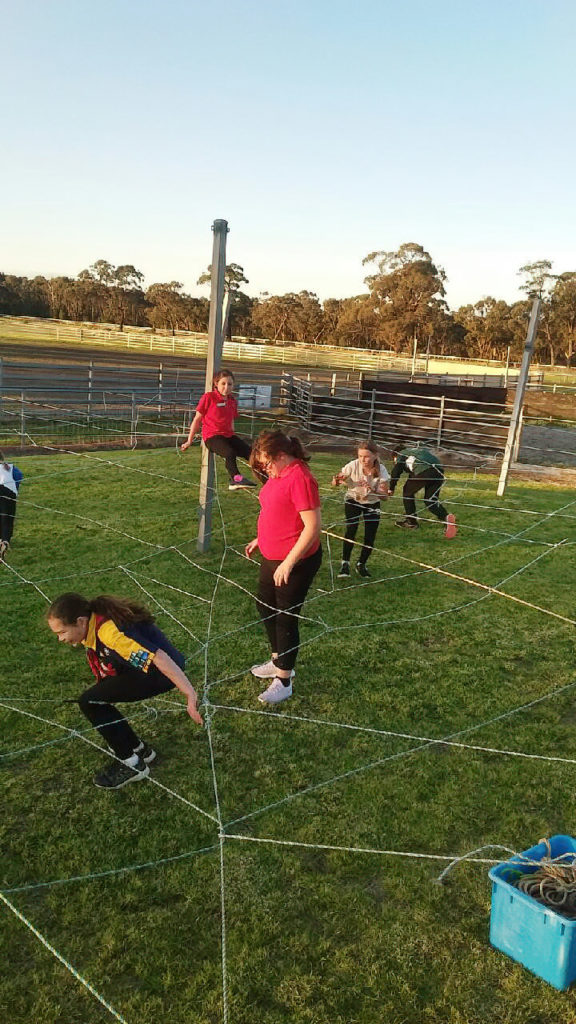
Making it like a treasure hunt was a lot of fun. It also worked as an introduction to citizen science because the kids could go home and take photos of any spiders they found, upload these to a citizen science app and potentially discover a new species.
The Porongurup Friends are really engaged with citizen science at our Twin Creeks reserve. It’s an amazing use of volunteers and expertise and is fantastic for community involvement and learning. We upload photos of species, like trapdoor spiders, orchids and fungi, along with other information, to an app called iNaturalist which supports a global network of community workers going out and doing surveys. This is information that scientists from outside an area don’t have the time or the budget to collect.
Right now I’m excited to be the local producer of ‘The Stars Descend’ Porongurup dance performance by Annette Carmichael Projects, which will take place next year at Twin Creeks. It’s part of a trail of dance performances through the Gondwana Link about ecological change and hope for the future and the need to care for each other and the natural world. It’s another great example of the arts helping to raise awareness.
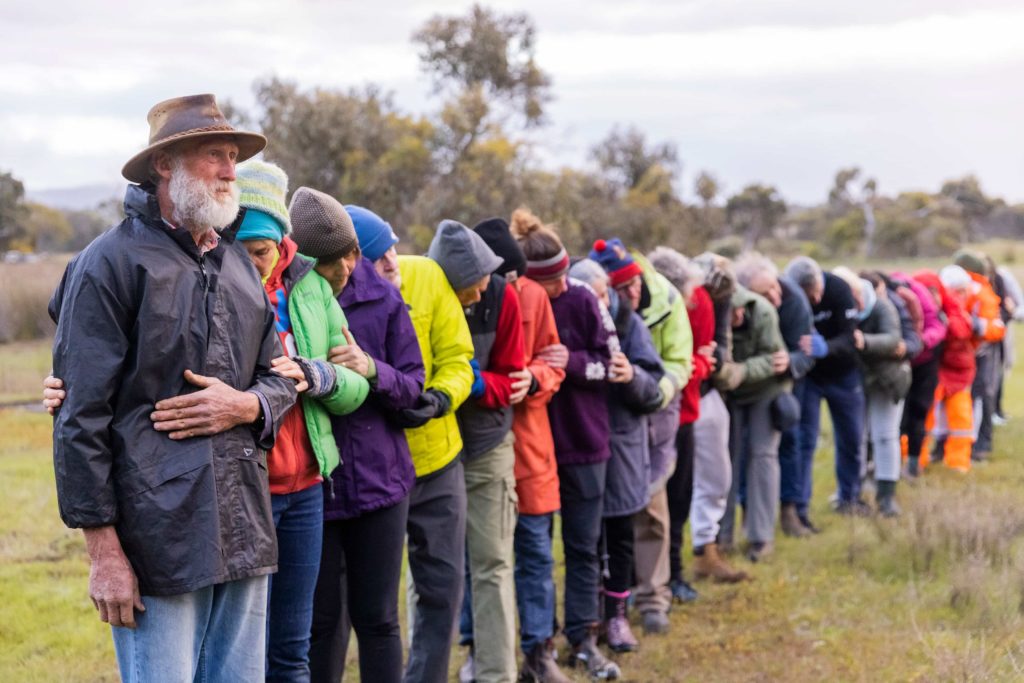

The whole south-west is super important because it’s a biodiversity hotspot. It’s high in endemic plant life, and in turn wildlife, and is also under threat from fragmentation and land clearing and everything else that pressures our environment. I particularly love the Porongurup National Park because it’s such an ancient landscape —its granites are a relic of one of Earth’s oldest mountain ranges, so it just feels significant in the landscape. It’s quite a small national park but different in soils, geology and climate to the nearby Stirling Range to the north.
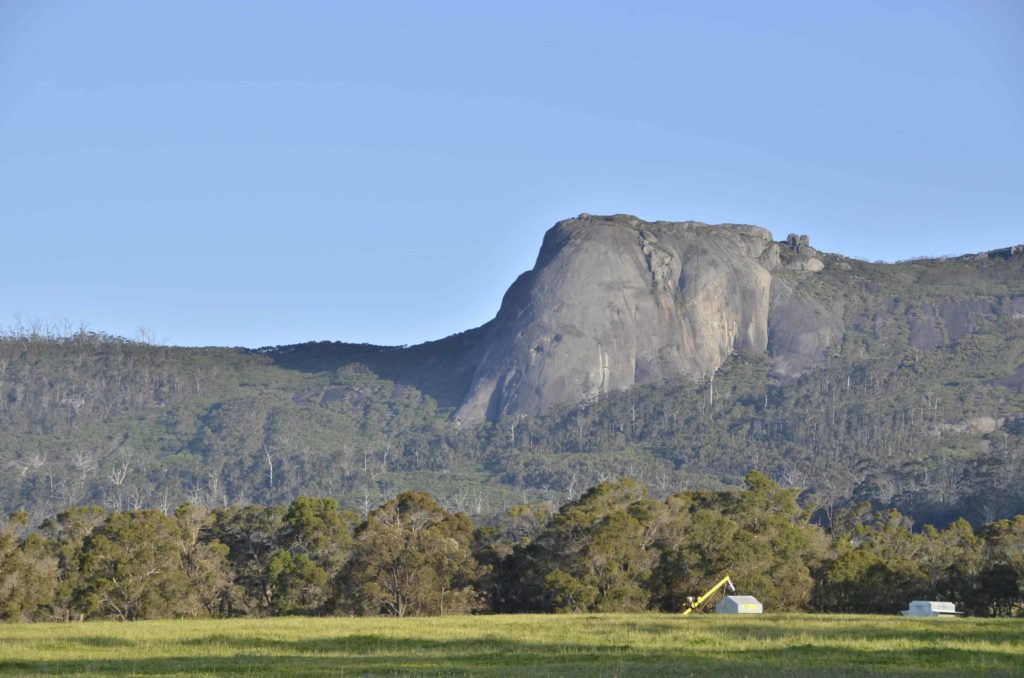
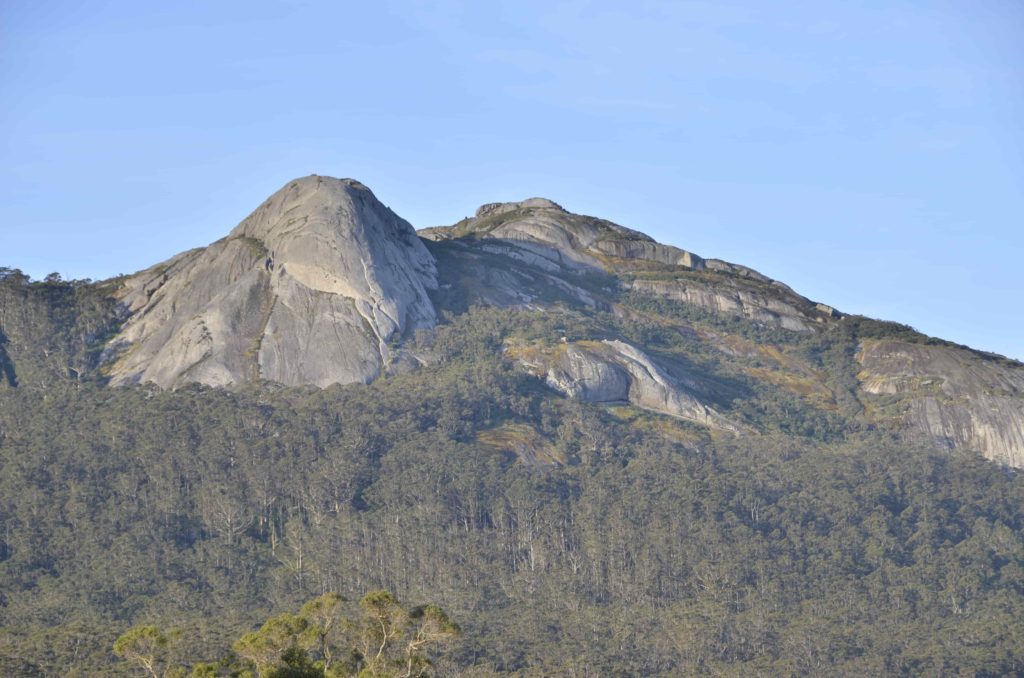

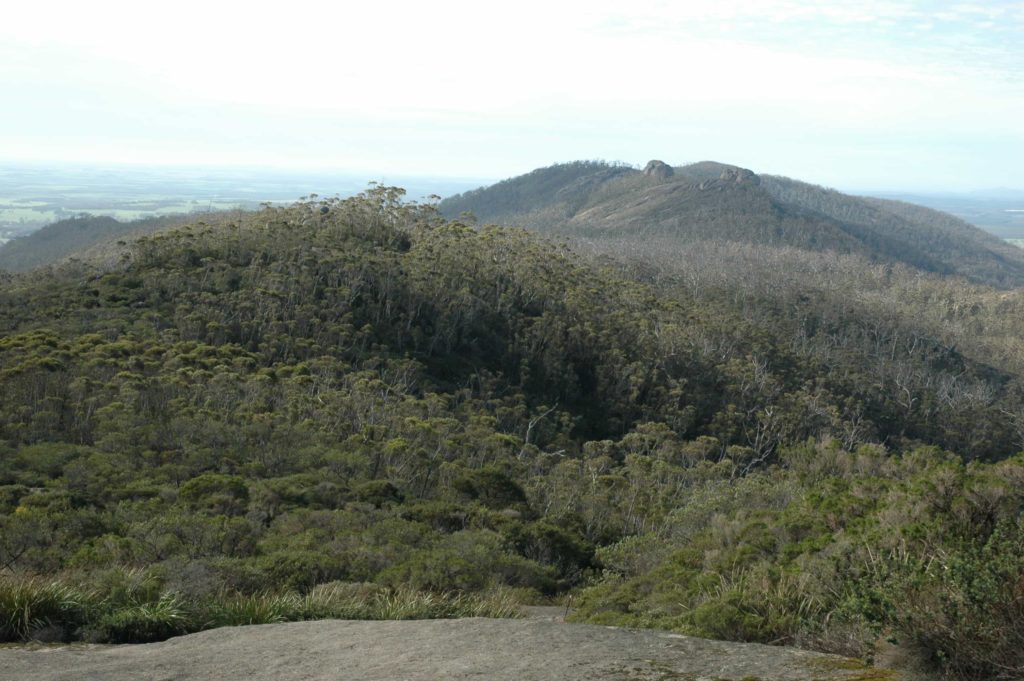
Noongar people have walked the land for 60 000 years and I have tried to slowly absorb knowledge about the traditional significance of the Porongurup Range. But with that significance comes reasonable barriers — some things non-Aboriginal people shouldn’t know or can’t know.
Just having worked with the Mount Barker Aboriginal Progress Association and Southern Aboriginal Corporation ranger team has been a great experience. We are very fortunate to have amazing Elders and community members who really want to protect the Porongurup area and work with the Porongurup Friends and Oyster Harbour Catchment Group.
Fire management needs to be part of that. There’s a lot of emotion involved but I believe the only way forward is to include traditional and ecological knowledge as part of the process of moving towards cool mosaic burns. There’s no other way to do it and be sustainable.
Thinking about my future and the future of this area, I want us to grasp any and every opportunity for the environment that floats our way. If it could make a positive impact, someone needs to grab hold of it and run with it. It would be great to have more secure funding to do that. It’s so hard to plan for the future when all the projects and all the grants are run in a one, two- or three-year timeframe. It’s hard to set your sights on that bigger long term strategic action.
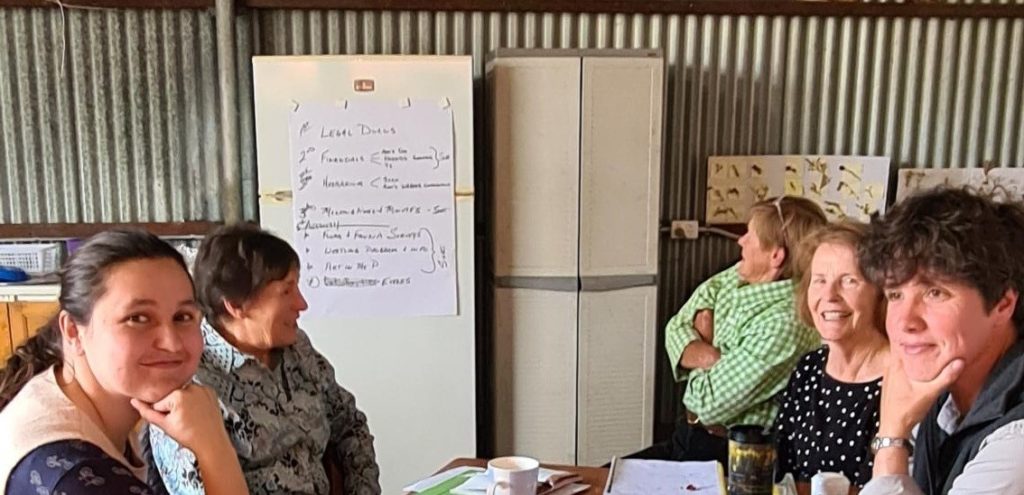
That’s part of why Gondwana Link is a great vision. It’s a great social network that just allows you to feel like you are part of a bigger picture, and you’re making a bigger impact. Even if you’re just looking after your little patch, it’s part of a bigger initiative and a bigger conversation. And that’s very valuable.
So I’m very hopeful for the future. I do hear all the doom and gloom and I did get quite down at university hearing of it and researching it all. But doing what we can, as we can, and encouraging others to do what they can, I think is a very rewarding and hopeful experience. So I envision the future with everyone just being aware, being active, and doing their best. And that’s all we can ever ask of people.
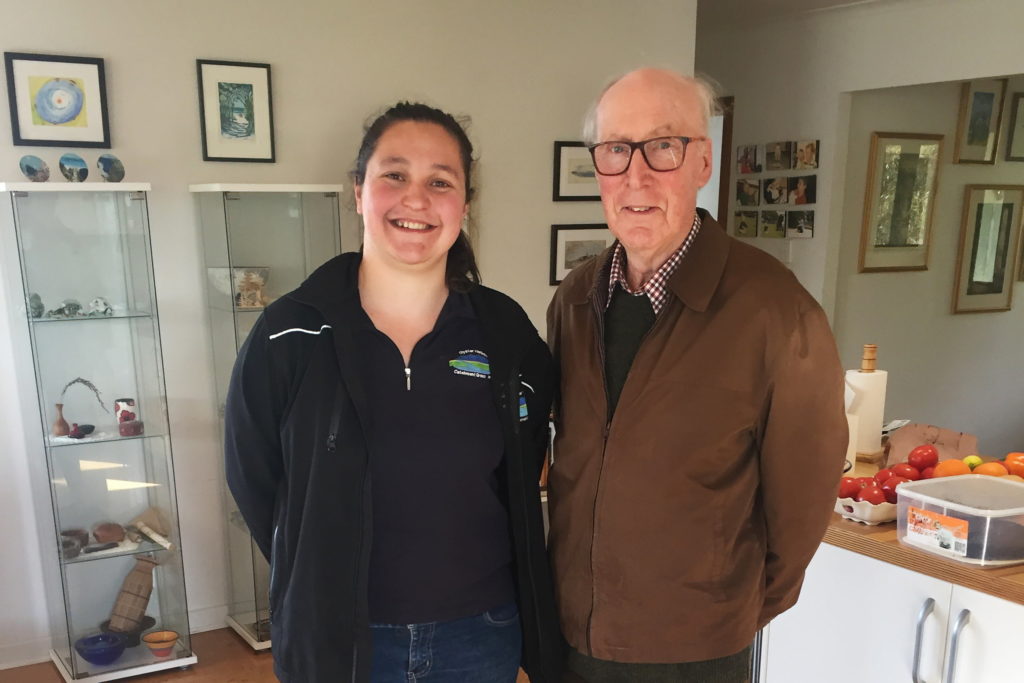
Further reading and videos:
Website: Friends of the Porongurup Range
Short film: Ranges Link — Bringing Country Back to Life (featuring Peter Luscombe and Lucia Quearry)
Website: Oyster Harbour Catchment Group
Short film: Farming for the Future — Restoring Oyster Harbour Together (featuring Heather Adams, Geoff Bastyan, Alan Hawley, and Tammy and Martin Wiehl)
Sincere thanks to Sayah Drummond, Bill and Jenny Bunbury, and the photographers. Editing by Margaret Robertson and Keith Bradby; design by Carol Duncan. This story was also published in the November edition of the Southerly Magazine, pp. 26-29.
